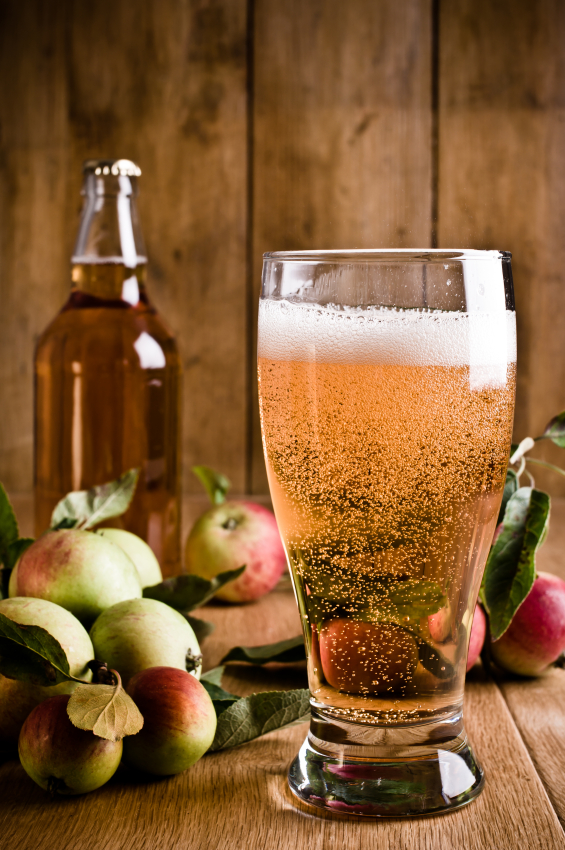In Vino Veritas XLIII – Are You A Cider Provider?
Yes, this column is supposed to be about wine. But ever since humankind discovered that the sugars in ANY fruit juice can be fermented to generate enough alcohol to ward off cholera and dysentery (common side effects of drinking water way back in the day), we’ve been tinkering and experimenting to conjure up even tastier beverages. Wine from grapes is the most popular, but we also have such delightful libations as blueberry wine, raspberry icewine, gin from juniper berries, schnapps, brandy, sherry, perry from pears and a whole rainbow of liquers. Thirsty yet?
Then there’s cider, made from apples and especially popular in the United Kingdom, other Commonwealth nations, Germany (where it is called Apfelwein), Ireland and the United States. It’s this last territory which fascinates me the most as the US has a total population greater than all the others combined and its cider sales are currently on a sharp uptick. And you might as well ride this newfound popularity all the way to the piggybank.
Interestingly, cider used to be the bee’s knees in America with annual production and consumption easily dwarfing that of beer. But then they passed the idiotic Volstead Act in 1920 and thousands of acres of apple orchards were burned to the ground to snuff out the ‘demonic spread of rampant alcoholism’. Those apple growers who were left were convinced purely by economic forces to switch to other crops in order to put food on the table. The result was that by the time prohibition was lifted in 1933, most of the bitterer cultivars best suited for cider production were lost. Beer quickly filled the resurgent demand for mildly intoxicating brews because wheat and barley take far less time to reach maturity than apple trees.
It is only now that producers in the United States are rediscovering the bitter varietals that lubricated the nation’s throats from the colonial era right through until the Roaring Twenties. While many current estimates put cider at around 1% of the liquor market in the United States, with this comeback, you have to ask what will happen when it reaches 2%, 3%, 5% or even 10%. While the latter percentage is unlikely any time in the near future, a 1-2% increase in market share on this scale nonetheless represents millions of additional pints consumed and perhaps a few savvy capitalists eager to invest in orchards or craft cider mills.
On the hotel level, this industry ‘ramp up’ may present a lucrative opportunity to differentiate your beverage services from the competition. While other bars and restaurants strive to meet the modern oenophilic and cerevisaphilic demands with fancy WineEmotion installations and expansive craft beer lists, there’s an opening for you to become a veritable ‘cider center’ and deliver the best in breed to this niche market. At the very least, consider testing the alcoholic waters this summer by offering some specially imported craft or local ciders during happy hour so that customers know you are a leader in this regard.
On a side note, while the range in cider taste profiles may be less diverse than beer or wine for the time being, apples are nonetheless used throughout the culinary world, which could make for a fun theme by which to organize such a promotion. With cider as the centerpiece, you might then accent it with apple butter, apple marinades, apple cider vinegar marinated meats, apple-bourbon barbecue sauces or apple icewine for dessert. And did I mention that apples are high in healthy pectins and vitamin C while cider was used as a traditional remedy for colds?
(Article by Larry Mogelonsky, published by HotelsMag on February 19, 2016.)




